How Do Wifi Cameras Work ?
WiFi cameras work by utilizing wireless technology to transmit video and audio signals over a WiFi network. These cameras are equipped with built-in WiFi modules that allow them to connect to a local WiFi network. Once connected, the camera can send the video and audio data to a designated receiver or a cloud-based storage system.
The camera captures video and audio using its lens and microphone, and then encodes the data into a digital format. This encoded data is then transmitted wirelessly over the WiFi network using radio waves. The camera communicates with the WiFi router or access point, which acts as a bridge between the camera and the network.
The receiver, which can be a computer, smartphone, or a dedicated monitoring device, receives the transmitted data and decodes it back into video and audio. This allows users to remotely view and monitor the camera's feed in real-time or access recorded footage.
WiFi cameras often come with additional features such as motion detection, night vision, and two-way audio communication, enhancing their functionality and versatility.
1、 Wireless transmission: Sending video data over Wi-Fi networks.
How do WiFi cameras work? WiFi cameras, also known as wireless IP cameras, utilize wireless transmission to send video data over Wi-Fi networks. These cameras connect to a local network, either through a wired Ethernet connection or wirelessly through a Wi-Fi router. Once connected, they can be accessed and controlled remotely using a smartphone, tablet, or computer.
WiFi cameras capture video footage using a built-in image sensor and lens. The captured video is then compressed and encoded into a digital format, such as H.264 or MJPEG, to reduce file size and optimize transmission. This compressed video data is then transmitted wirelessly over the local Wi-Fi network.
To establish a connection, the camera and the viewing device must be on the same network. This can be achieved by connecting the camera to the network using the camera's software or by scanning a QR code on the camera. Once connected, the camera's video feed can be accessed through a dedicated app or web interface.
The latest advancements in WiFi camera technology have introduced features such as high-definition video resolution, night vision capabilities, motion detection, and two-way audio communication. Some cameras also offer cloud storage options, allowing users to store and access their video footage remotely.
Overall, WiFi cameras provide a convenient and flexible solution for home or business surveillance. They eliminate the need for complex wiring installations and allow users to monitor their premises remotely. With the increasing popularity of smart home devices and the Internet of Things (IoT), WiFi cameras are becoming an integral part of modern security systems.
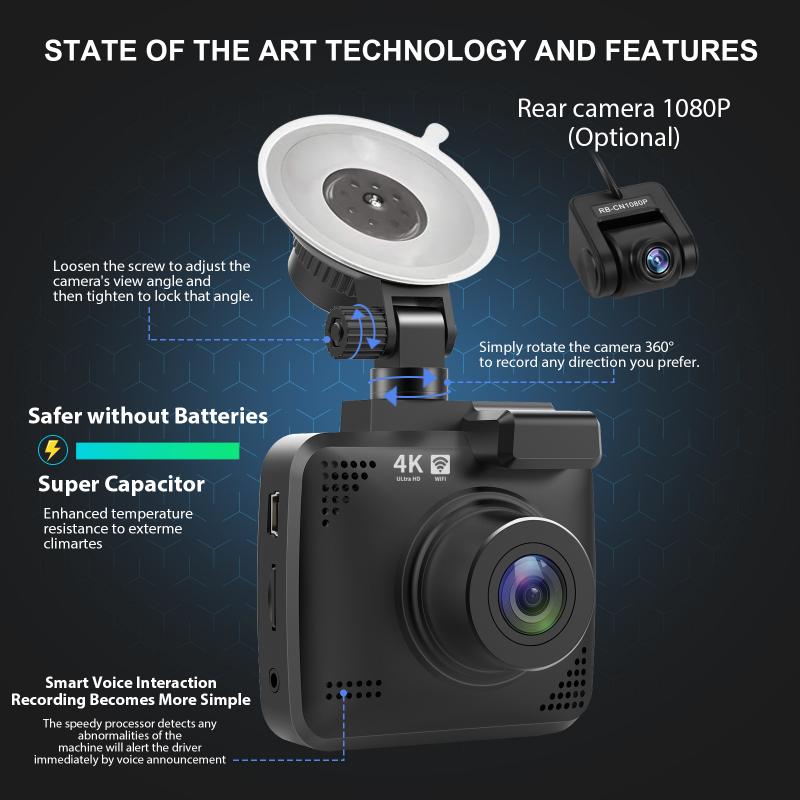
2、 Camera sensors: Capturing images using digital image sensors.
Camera sensors: Capturing images using digital image sensors.
Camera sensors are at the heart of digital cameras, including WiFi cameras. These sensors are responsible for capturing images by converting light into electrical signals. The most common type of camera sensor used today is the CMOS (Complementary Metal-Oxide-Semiconductor) sensor.
CMOS sensors consist of an array of millions of tiny light-sensitive pixels. Each pixel contains a photosensitive element that converts light into an electrical charge. When light hits the sensor, it generates an electric current proportional to the intensity of the light. This current is then converted into a digital signal by an analog-to-digital converter (ADC) within the camera.
Once the image is converted into a digital signal, it can be processed and stored within the camera or transmitted wirelessly through WiFi. WiFi cameras have built-in wireless transmitters that allow them to connect to a local network or the internet. This enables users to remotely access and control the camera, view live footage, and store or share images and videos.
The latest advancements in WiFi cameras include improved image quality, higher resolution sensors, and enhanced connectivity options. Some cameras now feature advanced image processing algorithms that optimize image quality, reduce noise, and enhance low-light performance. Additionally, WiFi cameras may incorporate features like motion detection, facial recognition, and cloud storage for added convenience and security.
Overall, WiFi cameras leverage camera sensors to capture images, and their wireless capabilities enable seamless connectivity and remote access. These cameras have become increasingly popular for home security, surveillance, and various other applications due to their convenience, flexibility, and advanced features.

3、 Compression algorithms: Reducing video file size for efficient transmission.
Compression algorithms: Reducing video file size for efficient transmission.
WiFi cameras work by capturing video footage and transmitting it wirelessly over a WiFi network. One of the key challenges in this process is the efficient transmission of video data, as video files can be large and require significant bandwidth to transmit in real-time. This is where compression algorithms come into play.
Compression algorithms are used to reduce the size of video files without significantly compromising the quality of the footage. These algorithms work by removing redundant or unnecessary information from the video data, resulting in a smaller file size that can be transmitted more efficiently over a WiFi network.
There are various compression algorithms used in WiFi cameras, with H.264 and H.265 being the most commonly used ones. These algorithms use techniques such as spatial and temporal compression to reduce the file size. Spatial compression involves removing redundant information within each frame, while temporal compression involves identifying and encoding only the changes that occur between consecutive frames.
The latest point of view in compression algorithms is the emergence of H.265, also known as High Efficiency Video Coding (HEVC). H.265 offers improved compression efficiency compared to its predecessor, H.264. It can reduce the file size by up to 50% while maintaining the same video quality. This is particularly beneficial for WiFi cameras as it allows for smoother video streaming and reduces the strain on the WiFi network.
In conclusion, compression algorithms play a crucial role in WiFi cameras by reducing the file size of video footage for efficient transmission over a WiFi network. The latest advancements in compression algorithms, such as H.265, have further improved the efficiency of video transmission, providing better video quality and reducing the strain on WiFi networks.
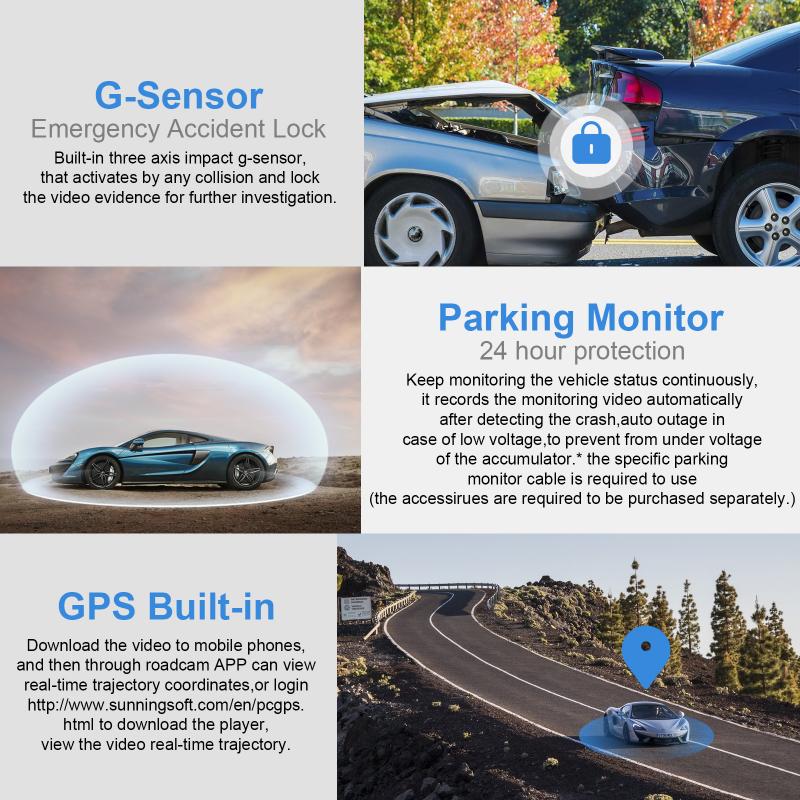
4、 Network protocols: Establishing communication between camera and network devices.
Network protocols: Establishing communication between camera and network devices.
WiFi cameras, also known as IP cameras, utilize network protocols to establish communication between the camera and network devices. These protocols enable the camera to transmit video and audio data over a wireless network, allowing users to remotely monitor and access the camera's feed.
The most common network protocol used by WiFi cameras is the Internet Protocol (IP). IP allows the camera to have a unique address on the network, known as an IP address, which enables it to send and receive data packets. This address is essential for identifying and establishing communication with the camera.
To connect to a WiFi network, the camera uses the WiFi protocol, which is based on the IEEE 802.11 standard. This protocol allows the camera to wirelessly connect to a router or access point, providing it with internet connectivity.
Once connected to the network, the camera can utilize various network protocols to transmit data. One commonly used protocol is the Real-Time Streaming Protocol (RTSP), which enables the camera to stream live video and audio to network devices. This protocol ensures that the camera's feed can be accessed and viewed in real-time.
Another important protocol is the Transmission Control Protocol/Internet Protocol (TCP/IP). TCP/IP is responsible for breaking down data into packets, ensuring reliable transmission, and reassembling the packets at the receiving end. This protocol is crucial for maintaining the integrity and quality of the camera's video and audio feed.
In recent years, advancements in network protocols have led to the development of more secure and efficient communication methods. For example, the Secure Real-Time Transport Protocol (SRTP) provides encryption and authentication to protect the camera's data from unauthorized access.
Overall, WiFi cameras rely on network protocols to establish communication, transmit data, and enable remote access. These protocols play a vital role in ensuring the camera's functionality, security, and seamless integration with network devices.












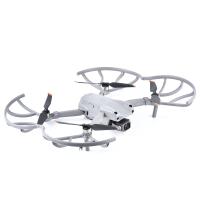








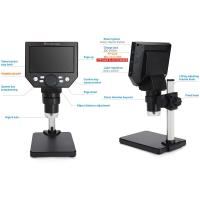
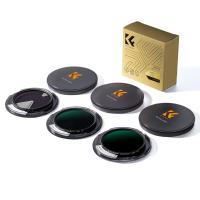


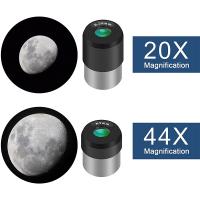
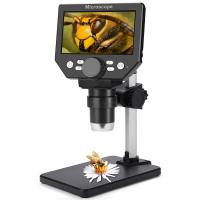

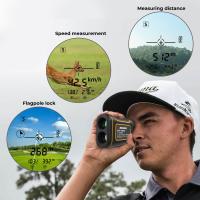

There are no comments for this blog.